Egyptian Pharaohs
Ancient Egypt was a thriving civilization, lasting over 3,000 years.
The pharaoh that was the leader was thought to be both a man and a god.
There were about 170+ pharaohs that were the leaders of Egypt, and it covered over thirty dynasties.

There were many cases where the title had to be given to the closest male relative.
Only males were supposed to have the title of pharaoh, but if the pharaoh was a young child, the wife of the former pharaoh would step in as a ‘regent’ and make the decisions for him.
In one case, a woman took the title of regent and then assigned herself the title of pharaoh.
Hatshepsut was the first known female pharaoh in the history of Egypt.
Later in time, Cleopatra gave herself the same title.
Egyptologists

Egyptologists (the people that study ancient Egypt) haven’t agreed as to who the first pharaoh was.
Some think it may have been a man named Aha, while others believe that it was someone named Menes.
Each time a new pharaoh family takes the throne it is referred to as a ‘dynasty’ and there is not much information available on the first and second dynasties.
Archeologists have found a record called the Palermo stone which is a tablet containing some of the names of the pharaohs but it isn’t complete.
Because the pharaoh was considered to be a god, his duties included making sure the people were safe and the country made a profit.
Many pharaohs did this by making war and conquering nearby cultures so that they could take their wealth and make sure they couldn’t attack them.
Other pharaohs took a more peaceful choice and established good relations as well as trade with other countries.
Egyptian Pharaoh Family

People in the time of ancient Egypt thought that they needed to strengthen the bloodline of the pharaoh and they did this by marrying many of their own family members.
They didn’t know the biology that we know today and that what they were actually doing was causing the line to weaken.
Many of the pharaohs had children that died at birth or had severe medical problems.
When a pharaoh took the throne it was a tradition that they begin working on their burial tomb.
This is because it took so many years to build and create very large structures.
The pharaoh usually selected the location of the tomb.
Traveling up the Nile River, they would choose a place on the west side of the Nile.
Many of the tombs of the pharaohs have been discovered in an area known as the ‘Valley of the Kings’, but due to grave robbing, it is believed that there are more hidden tombs that are yet to be found.
How many pharaohs were there in Egypt?
About 170 pharaohs in total before the Roman period in 30 BC.
The first pharaoh was Menes and Caesarion the son of Cleopatra are believed to be the last before being killed by Octavian in 30 BC.
Pharaoh the King of Egypt
In the class system of the ancient Egyptians, the pharaoh was at the top.
Most pharaohs had one main wife that was the queen but might have other wives as well.
The oldest male child would be the heir to the throne.
This rule cause a lot of problems as it encouraged people to murder the heir so that the next boy in line could become the pharaoh.
A pharaoh was believed to be able to speak to the gods, therefore, anything that the pharaoh requested was obeyed.
There were groups of advisers that helped the pharaoh in making decisions.
The pharaoh also had the temple priests to advise him.
11 Famous Ancient Egyptian Pharaohs
Djoser (reign 2667 BC – 2648 BC)
Khufu (reign 2589 ‒ 2566 BC)
Hatshepsut (reign 1473–1458 BC)
Thutmose III (reign 1479–1425 BC)
Amenhotep III (reign 1390–1352 BC)
Akhenaten (reign 1352–1336 BC)
Tutankhamun (reign 1336–1327 BC)
Ramses II (reign 1279–1213 BC)
Cleopatra VII (51-30 BC)
Djoser (reign 2667 BC – 2648 BC)
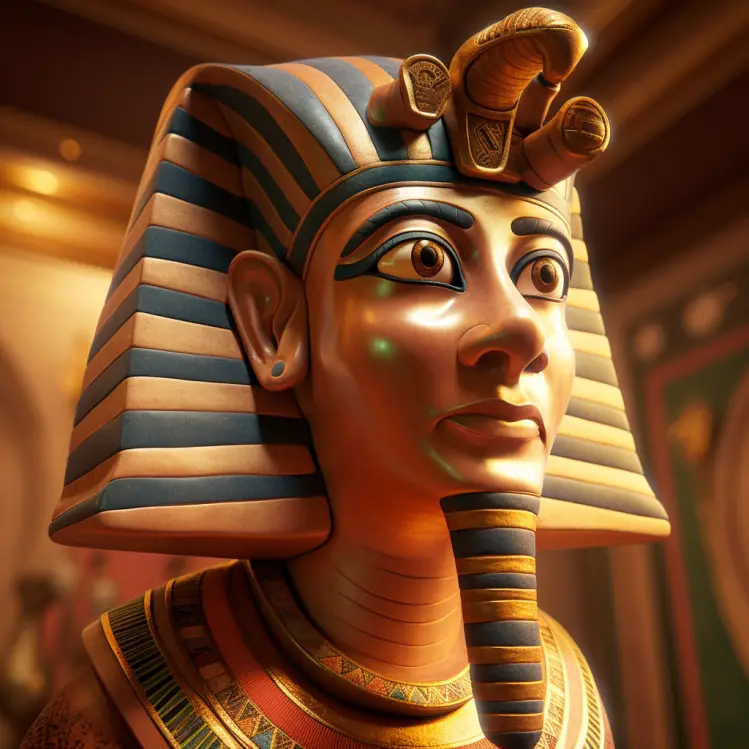
The second ruler of the 3rd Dynasty was buried in the Step Pyramid at SAQQARA.
Despite being famous and well-known for this tomb there are very few known facts concerning him or even the events of his regime.
The step design and structure of the pyramid in which Djoser was buried was actually the first structure to be seen of this now-famous iconic design.
Khufu (reign 2589 ‒ 2566 BC)
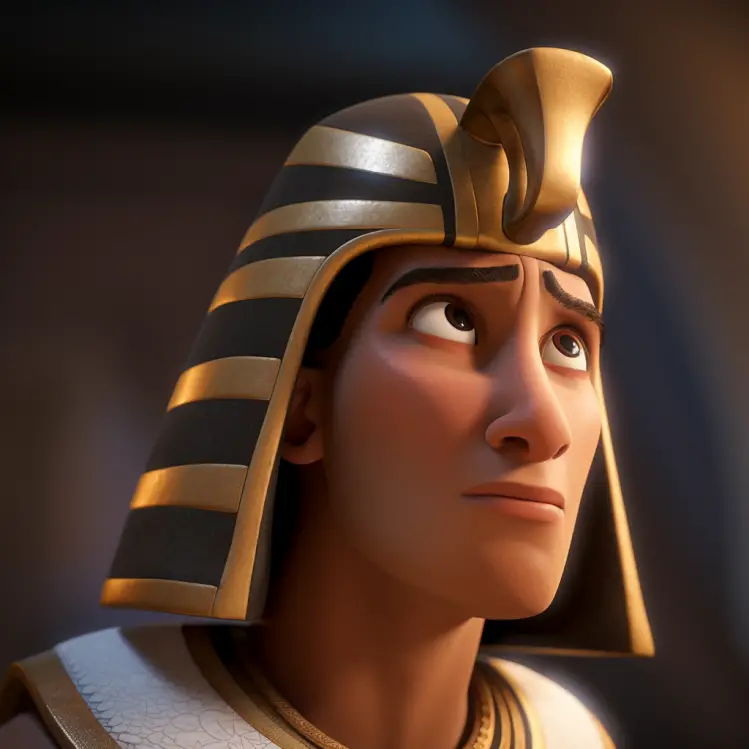
Khufu (Cheops) was the second ruler of the 4th Dynasty
He was the builder of the Great Pyramid at GIZA which is one of the seven wonders of the world.
His own burial chamber was found to contain only an empty sarcophagus.
It is reputed that he was a cruel and dictatorial ruler, although these rumors cannot be substantiated by contemporary evidence perhaps it is related simply to the imposing scale of his pyramid.
Hatshepsut (reign 1473–1458 BC)
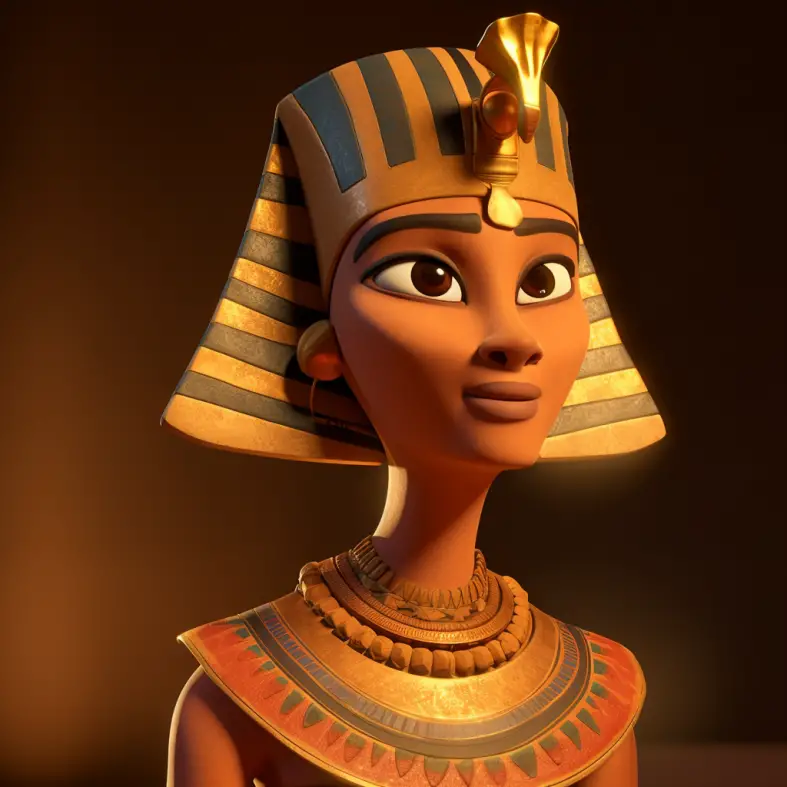
Hatshepsut was the daughter of Thutmose I, she was married to her half-brother Thutmose II.
They had a son Thutmose III who was too young to become King when his father (Thutmose II) died.
So, Hatshepsut was appointed regent, and she took the further step of having herself crowned King allowing her to continue to enjoy time with the young Thutmose, thus effectively blocking him from full power.
When Thutmose III was old enough, he eventually became king, there is no evidence to suggest if Hatshepsut simply died or was forcibly removed from power.
Thutmose III (reign 1479–1425 BC)

Son of Thutmose II and Hatshepsut
He finally became king in 1458BC after the death of his mother Hatshepsut who had ruled for a long time.
Late into his reign as Pharaoh he began systematically removing his mother’s name from any monuments and replacing her name with his own.
He had a lot of military training which stood for him when he went into battle.
He also built many temples. His tomb is in the Valley of the Kings and is decorated with scenes from Amduat.
Amenhotep III (reign 1390–1352 BC)
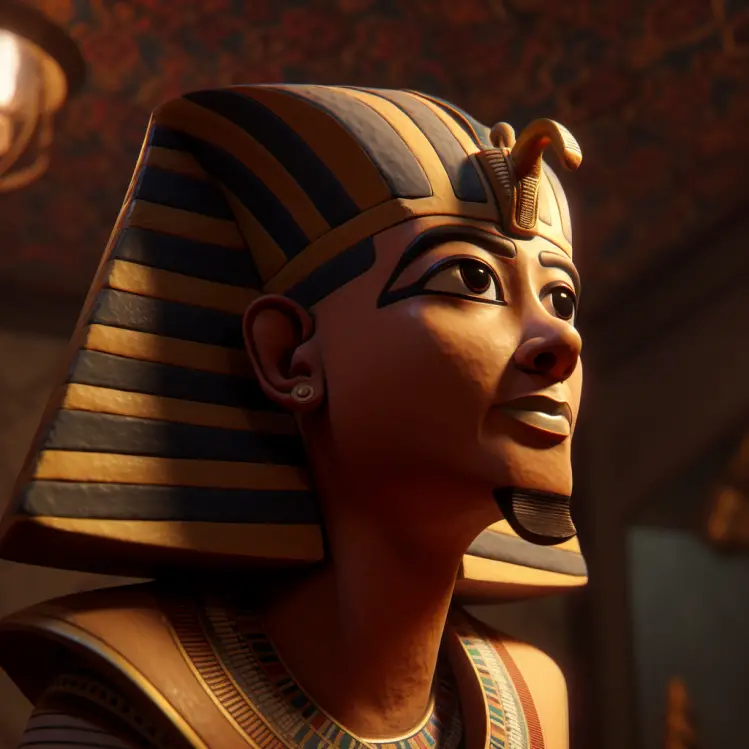
Amenhotep III seems to have taken very little interest in any type of military affairs and is more peaceful in nature.
He is more known for his accomplishments in artistic and architectural achievements.
He was responsible for the construction of the colonnade at the Luxor Temple.
Akhenaten (reign 1352–1336 BC)

Akhenaten was the son of Amenhotep III and Queen Tiy he was originally called Amenhotep IV but in the fifth year of his reign, he changed this.
In the early years of his reign, he established a new temple at KARNAK and instead of dedicating this to the God AMUN he change this to the God ATEN “The Sun God” also in the early years of his reign, he constructed a new capital city called Akhetaten.
He was very dedicated to the promotion and worship of ATEN leaving out some of the older well-known Egyptian gods.
His reign as Pharaoh lasted 18 years and not much is known about what happened afterward.
The royal tomb that he started to build was never actually completed and there is little evidence showing or suggesting where his body or his family’s bodies were laid to rest.
Tutankhamun (reign 1336–1327 BC)

King Tut (as he was better known) was the ruler in the 18th dynasty he wasn’t really that popular amongst the many pharaohs until his tomb was discovered in 1922 by Howard Carter.
He was only 8 or 9 years old when he became pharaoh.
He only rained for about 10 years and died at the young age of 20. Mystery still surrounds his death and Egyptologists are unaware as to how he died.
His tomb was found in excellent condition although it had been robbed and resealed in ancient times.
Inside they found the best preservation of any royal tomb including the contents.
His tomb was architecturally different from other pharaohs’ tombs in that it only had four very small rooms rather than a long corridor.
Cleopatra VII (51-30 BC)
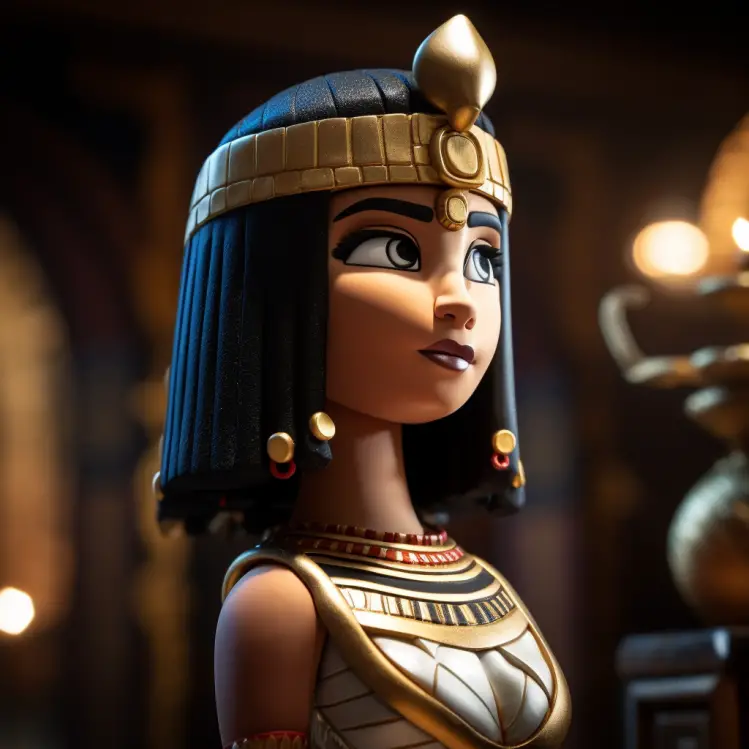
Cleopatra VII was very intelligent and politically astute and one of the few Queens who learned the Egyptian language.
In 47 BC she had a son (Caesarion) she claimed that Caesar (Roman dictator and military general) was the father.
When she was in Rome Caesar was assassinated and when she returned back to Egypt a similar fate happened to her brother who she replaced with Caesarion.
She married Mark Antony and had twins (34 BC), later in 32 BC Mark Antony’s Roman wife brother (Octavian) led a campaign against him and Cleopatra in the Naval battle of Actium.
Cleopatra’s troops withdrew and fled unexpectedly and Octavian pursue them into Egypt but Anthony committed suicide and Cleopatra followed shortly after.
Octavian also killed Cleopatra’s son Caesarion and made himself Pharaoh.
Who was second in command to the Pharaoh?
The vizier was the highest official in ancient Egypt to serve the pharaoh.
Who is the most famous pharaoh of Egypt?
The most famous pharaoh today is Tutankhamen, who is also called King Tut.
His tomb was one of the few that was discovered that had not been robbed of all of its treasure.
King Tut took the throne as a boy and then mysteriously died at the age of 20.
His death was so sudden and unexpected that some of the burial tomb items are believed to have actually belonged to other kings, that they reused and applied his name to them.
Fun Facts about Pharaohs
- Pharaoh comes from the Greek word (per-aa) which translates to Great House
- Pepy II was only 6 years old when he became the Pharaoh
- Mene (sometimes called Narmer) is believed to have been the first Pharaoh
- Mene was the founder of the Egyptian state and responsible for the unification of the two lands (Upper and Lower Egypt).
- Thutmose III was a great military leader
- The Pharaohs built tombs mainly in the valley of the king
- Pharaohs often had several wives
- Tutankhamun was 8 when he became Pharaoh



